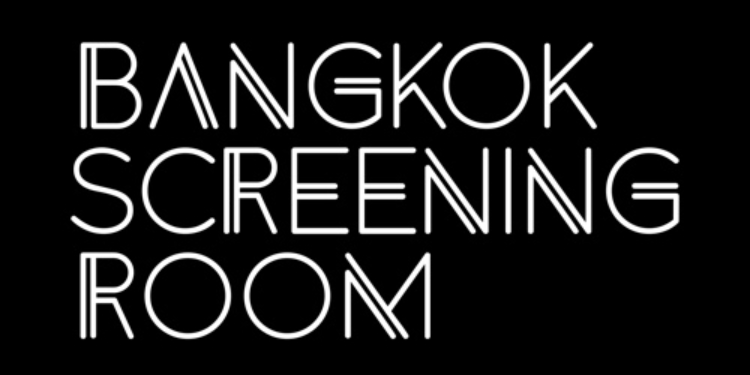Still Brazy, the latest album by rapper YG, has been censored by its distributor, Def Jam. The tracks FDT (Fuck Donald Trump, featuring Nipsey Hussle) and Blacks & Browns (featuring Sad Boy) both contained lyrics suggesting that Donald Trump could (or should) be shot, and those lines were removed before the album was released.
There were two deletions from FDT: YG's line "Surprised El Chapo ain't tried to snipe you" and Nipsey Hussle's "you gone prolly get smoked" were removed. One of Sad Boy's lines from Blacks & Browns was replaced by white noise, to highlight the censorship.
YG and Nipsey Hussle performed a clean version of FDT on the Comedy Central programme The Nightly Show on 22nd July, without any swear words, though ironically they did include the lines censored from the album. Also, when YG and Nipsey Hussle perform the song in concert, they play the uncensored version.
The uncensored version of FDT was released online in April, in advance of the album. According to YG, the Secret Service then contacted Def Jam's parent company, Universal, requesting a copy of the album's lyrics. YG says that the references to shooting Trump were removed by the record company at the request of the Secret Service.
The record company has not commented on the issue, and by definition the Secret Service is also unlikely to make any public comment. Thus, there is no way to verify YG's version of events. The album was certainly censored prior to its release, though YG's explanation about the Secret Service seems exaggerated.
The only album to be declared illegal in America was The 2 Live Crew's As Nasty As They Wanna Be (1989), which was convicted of obscenity in Florida. Ironically, when the band released a self-censored version of the album, As Clean As They Wanna Be, they were taken to court again, this time for copyright infringement over an unauthorised sample of Roy Orbison’s
Oh, Pretty Woman. The case set a legal precedent, with the Supreme Court ruling that parody constituted fair use.
In the UK, there have been a handful of police investigations into albums and singles. Thousands of copies of NWA's album Efil4zaggin were seized by customs and released several months later after a failed obscenity prosecution. The same fate befell Dismember's album Like an Everflowing Stream, 800 copies of which—en route from Germany—were also seized by customs. (In both cases, the albums were confiscated under the Customs Consolidation Act, a Victorian statute prohibiting the importation of obscene or indecent material.) Bata Motel, a track on the Crass album Penis Envy, was convicted under the Obscene Publications Act after a raid by Greater Manchester Police. So What?, the B-side to the Anti-Nowhere League's single Streets Of London, was also convicted of obscenity.




